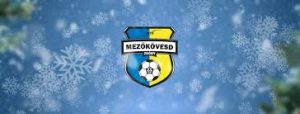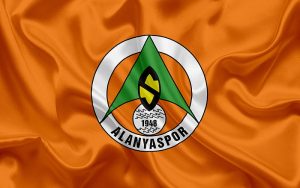One of these is ‘SP‘, which means ‘starting price’ and you will find this a lot when five88.global betting with horse racing as most bookmakers have it. Horse racing terminology can be confusing, but “SP” is term punters need to know about and understand. In this article, we are going to examine what “SP” means. We will also look at how it is linked to other terms (such as EP or BP). Finally, we’ll explore some of the ways that savy punters can use the differences between SP, EP and BP to their advantage! But first and foremost, let’s find out what is the meaning of SP.
What does SP mean?
SP is short for “Starting Price”. This is the final price available from the bookmaker on a horse (or greyhound) when the race starts. It is also the price that is shown for each of the winner and placed runners in the summary of the race result.
Prior to the SP, other prices may well be available for that horse. They include:
- Ante Post Price (AP) – The price given for a horse long before the race is run (not available on all races)
- Early Price (EP) – The price the horse opens at on the day of the race. You can pick up Early Prices from around 9am to 10am each day, depending on the bookmaker.
- Betting Price (BP) – This is the price taken by the punter, at any time of the day of the race, when they place a bet on the horse prior to the race starting.
The odds on a selection can change considerably throughout the course of the day. Early Price odds can shorten or lengthen throughout the day. This is due to the amount of money spent in the betting markets on the runners in the race. The proportion of money bet on each of the runners in the race also determines their odds and how they change.
Horses that do not attract many bets will see their odds lengthen. Those that do attract lots of money (in the form of bets) in the markets will see their odds shorten.
As such, you can find that the Early Price, Betting Price, and Starting Price may all be different for the same selection.
An example of how EP, BP and SP may be different for the same horse.
For example, a horse may have an early price of 7/1. But when a punter places their bet, their betting price odds when they place the bet may have come in (shortened) to 13/2.
This is likely due to early movement in the market suggesting the horse has been well-backed. However, then when the race starts its starting price could have drifted back out (lengthened) to 15/2.
This suggests that in the lead up to the race, other runners attracted more money and/or this selection didn’t attract as much money as it had earlier. This could be for a huge number of reasons.
Why does this change in the odds from EP to SP matter? Let’s take a closer look to find out.
Why is the SP of a horse important?
The SP is very important both to bookmakers and punters. Primarily because it is the base line from which key decisions and calculations will be made. Ostensibly for the bookmaker and those that win money in the race.
To help understand why SP (and EP and BP) are important, it is best to have an idea of the reasons why betting odds change on the day of a race.
Why do betting odds change?
Betting odds change from the stated Early Price due to market movements. If a selection receives a lot of backing (in the form of bets) in the market, then their odds will shorten.
Similarly, if a runner is not attracting many bets, then the bookmaker may alter the odds on that selection to a longer value.
This makes the horse more attractive to punters. Generally because they now stand to win more if they back that selection.
Crucially, bookmakers don’t view how each horse is backed in the market in isolation. Their assessors will review their pricing for the whole race, with the aim of ensuring either that whoever wins, the bookmaker stands to make a profit or if a profit is not guaranteed, they will manage the odds to ensure that the bookmaker is not at risk of losing too much money on the race.
It is a fine balancing act to ensure that bookmakers offer the best prices on their selections to entice punters to bet, while ensuring the race is still viable for the bookmaker to offer the odds they do.
Consequently, as more money is wagered on this race, the odds for many of the runners will fluctuate over the course of the day. The SP effectively draws a line under these market fluctuations in price. Subsequently, the bookmaker is then stating these are the final odds at which this selection will be paid out.





